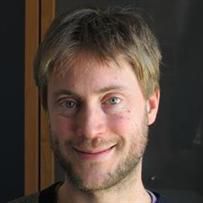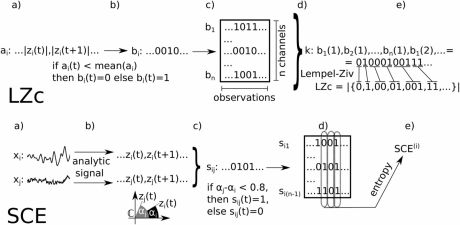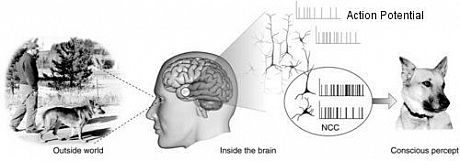Spotlight on Dr Adam Barrett
EPSRC Postdoctoral Research Fellow in Complexity Science, working on the Mathematics of Consciousness
Previous Research

I started off like most mathematicians who are interested in big science questions. I first went into theoretical physics for my PhD in string theory. I was interested in string theory because it’s trying to describe and answer these fundamental questions. But by the end of my PhD I realised there was a sort of brick wall there in terms of where the field was going.
As I started to look around I saw that it’s an exciting time for mathematicians to go into biology, there is an increasing demand for mathematicians in biology. What else is really fundamental? We can study the brain, we can get to other big fundamental questions. What is the physical/biological basis of the self and of consciousness? These are interesting, big questions. It strikes the essence of who and what we are.
At the time, there was very little being done on consciousness but I went into a first post-doc studying the neural basis of learning and memory in the brain, and during the process of carrying out that research I had the time to read and understand the little bit of work that was being done on consciousness. I then transitioned from that post-doc to another post-doc here at the University of Sussex, where Anil Seth was just starting up the Sackler Centre for Consciousness Science.
Current Research
I have a diverse set of interests; the unifying theme is the application of mathematics to big questions. It has been an exciting time for me to be able to work on a theory that was sort of in its infancy, on quantifying consciousness in terms of information, what’s happening to information in the brain, and coding information in a mathematical way.

Consciousness is fascinating because it’s everything that we are. Without consciousness, there would be nothing at all; researching consciousness goes to the very essence of who and what we are. There are a handful of people in the world who are trying to model mathematically the physical and biological processes underlying consciousness. I have come up with ways to measure the diversity of brain waves and found very reliably that there is greater diversity when you are awake than when you are under general anaesthesia or fast asleep.
We have a hundred billion neurons in the brain. The challenge is the lack of what can be practically measured. Even if we could in theory measure from every single neuron in the brain, the brain is changing all the time so you only get a few readouts before your conscious experience has changed, and this makes detailed analysis extremely difficult. It’s very difficult practically to link the theory to experimental findings. You can only really measure very simple things, so to really test theories is very difficult.
As a physicist I have developed a unique stance on consciousness. Many biologists are thinking in terms of neurons as the building blocks, whereas I have said that we should be thinking of stuff that is really fundamental in physics. I have one paper in which I lay out a unique position on what I think the physical substrate of consciousness fundamentally is; namely information intrinsic to the complex electromagnetic field that your brain generates. We don’t yet have a full theory of physics that can describe this, but I have issued that challenge to the community in a unique sort of framework.
In terms of applications, this body of research is leading to new improved diagnosis and prognosis of patients who suffered a traumatic brain injury, so we can better access the depth of coma and the likelihood of recovery. There are also potential applications in mental health. By understanding how information flow in the brain is determining the contents of our consciousness, we can understand how contents of consciousness are altered and disfigured in mental illness.

The Future
The really fun thing about being a mathematician is that you can apply similar kinds of maths in several different areas and sometimes help out in different fields. In my most recent paper, I have moved in a different direction again and have published something on macroeconomics. I have previously applied techniques from econometrics to study the brain and now I’m thinking I can go the other way. Some of the techniques of modelling the brain as a complex system could benefit economics. We will see where it goes, where I see the greatest progress. At the moment I am building my knowledge of economics and waiting for the next big idea in neuroscience and consciousness.
Interview by Alex Aghajanian

